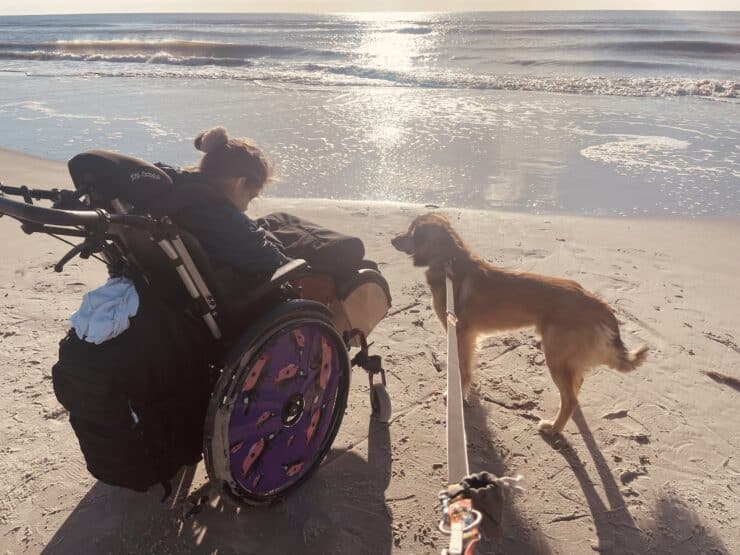“Unfortunately we can’t do anything for your child.” Families still hear this phrase today when they receive a diagnosis of “pontocerebellar hypoplasia type 2”. Changing this is the goal of PCH2cure.
Our Vision: There will be a therapy available for PCH2 children by 2030
Our Mission
Our mission is to improve today’s quality of life of PCH2 children worldwide by generating and sharing knowledge, and to find a therapy for future PCH2 children that enables them to live more independently.
“If not us, who else?”
Being a parent of children with an extremely rare disease, you quickly learn that there is no major lobby for your own children or the disease.
Pharmaceutical companies are not interested in developing a therapy because there are too few patients and therefore too little potential income.
There is no public funding and no government bodies that work on a particular rare disease or conduct research into it.
It is therefore up to those affected to find researchers and medical professionals in order to create a platform for raising donations and research funds.
Our goal is to give our children the best possible life. We achieve this through networking, sharing knowledge and conducting research.
Networking:
PCH2cure connects and supports PCH2 families worldwide.
As far as we know today, there are only a few hundred families worldwide with this disease. It is important for each of these families to know that they are not alone in their fate, but that there are other families – perhaps even in their area.
Sharing Knowledge:
PCH2cure collects information about the disease and makes it available to everyone.
Not only are rare diseases such as PCH2 poorly described in specialist literature, but even specialists are often not very knowledgeable about the disease or treatment options. A great deal of practical knowledge has been accumulated over years of parenting and documented by systematic studies such as the two natural history studies.
Making this knowledge available to more families internationally is a direct means of improving the quality of life of children with PCH2 worldwide. Established medications can be used immediately instead of taking a trial and error approach for each individual child.
Conducting Research:
PCH2cure promotes research to better understand the disease and find a therapy.
Today, technical or scientific capabilities are no longer decisive in determining whether a therapy for a genetic disease is feasible, but it is a question of financial resources. The tools to correct a genetic defect already exist today! In order to use these for PCH2, foundational research is just as important as clinical development and investment in gene therapy.
See also: The Path to a Cure!
Where We Stand on the Path to a Medication
Basic Understanding of the Disease
(Animal) Model
Description of the Natural History of the Disease
Active Substance Identification
(Pre-)Clinical Testing of the Active Substance
Market Authorization of a Therapy After Successful Clinical Trials
Treatment Is Possible! We Can Find It With Your Help.
Please support the work of PCH2cure with your donation. The more funds we raise, the faster we can progress on the path to a cure.

